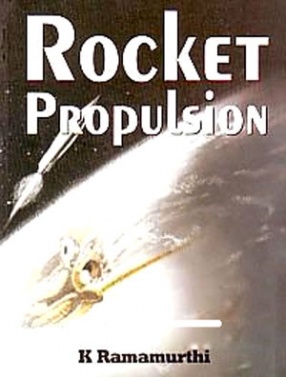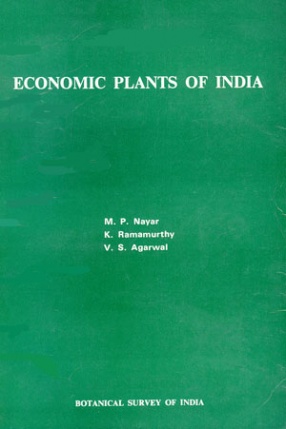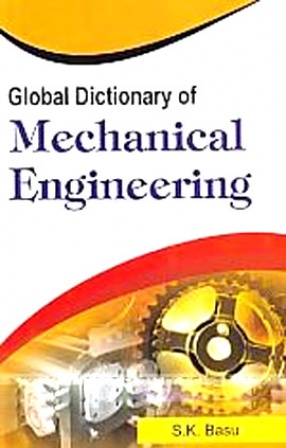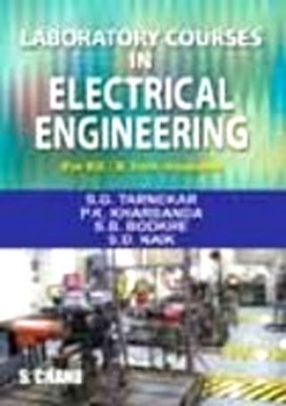This book deals with the fundamental aspects of rockets and the current trends in rocket propulsion. The book starts with a description of motion in space, the requirements of rockets for placing spacecrafts in different orbits about the Earth and escaping from the gravitational pull of celestial bodies. The rocket equation is subsequently formulated, following examples of the motion of a sled from change of momentum and movement of giant squid in deep seas. The operating principles, performance prediction procedures, design aspects and problem areas of the different types of rockets are discussed in detail.
Practical examples and exercises are provided in each chapter to aid in understanding the concepts. Some of the salient features of the book are: Terms employed in practice for defining the characteristic features of rockets are derived from basics and are illustrated with examples; Selection of propellants for rockets is debated and a simplified analytical method is given for evaluating propellants used in solid, liquid and hybrid propellant rockets; An exhaustive description and analysis of the cycles of operation of liquid propellant and cryogenic propellant rockets is provided; An entire chapter is devoted to the problem of combustion instability, often encountered in the development of solid and liquid propellant rockets. The factors causing the instability are deduced. Detuning and gain stabilization methods of overcoming combustion instability are discussed; The principles governing the operation of electrical rockets and the limitations arising from power and associated mass are deduced; A brief on advanced rockets such as nuclear rockets, tri-propellant rockets, pulse detonation rockets is also provided.






There are no reviews yet.